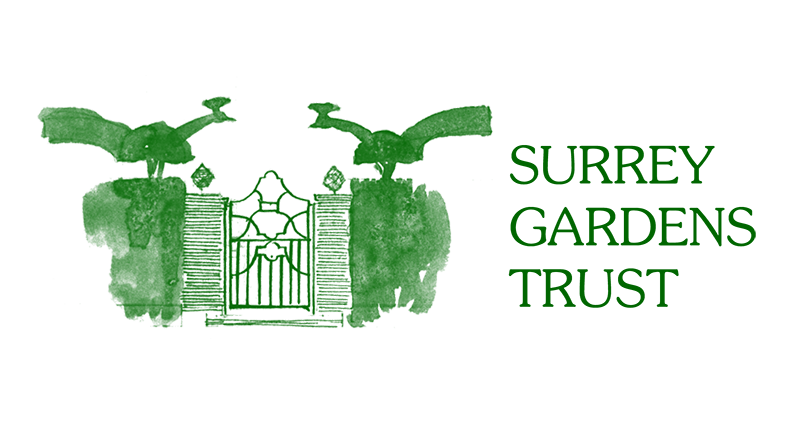With its link to the eponymous school in Godalming, this is an opportunity to visit the ancient and historic Charterhouse in London, taking in the fascinating history of the former Carthusian monastery and its gardens. Today it is a Grade I listed complex of seven and a half acres arranged around the original monastery and features the only Tudor Great Chamber to survive in London.
The site of the Charterhouse was first established in 1348 during the Black Death, when the land was used as a burial ground for victims of plague. In 1371, the Charterhouse was built – a respected and austere Carthusian monastery, which flourished throughout the later medieval and early Tudor period.
With the dissolution of the monasteries, the Charterhouse became a mansion for wealthy noblemen and a refuge for royalty. Elizabeth I met the Privy Council here in the days before her coronation in 1558 and James I used the Great Chamber to create 130 new Barons before he was crowned. In 1611 Thomas Sutton, a wealthy businessman and civil servant who had long desired to found a hospital, bought the Charterhouse and established the foundation.
Thomas Sutton died on 12 December that year and in his will provided for up to 80 Brothers: ‘either decrepit or old captaynes either at sea or at land, maimed or disabled soldiers, merchants fallen on hard times, those ruined by shipwreck of other calamity’ as well as schooling for 40 ‘poor boys’. James I retained his connection with the Charterhouse, becoming the first Royal Governor of Thomas Sutton’s foundation. Sutton was buried in the new Charterhouse chapel, and his magnificent memorial stands more or less on the site of the old Carthusian chapter house.
The Charterhouse appears in the writings of Daniel Defoe, Charles Dickens and William Makepeace Thackeray, Thackeray and John Wesley having attended the school. When the school moved to Godalming in 1872, the Brothers remained at the Charterhouse in Clerkenwell and continue living there today.
The grounds comprise Charterhouse Square and, within the walls, six courtyard gardens which are maintained for the benefit of the Brothers, contributing to their health and wellbeing by providing space for relaxation, contemplation and enjoyment of gardening and nature, and as a place of inspiration for arts and creativity.
In 2013 the Governors of the Charterhouse embarked on a campaign to open parts of the Charterhouse to the public, and to improve dramatically the landscape of their garden square, a rare urban oasis.
This resulted in the design, by Eric Parry Architects, of a new museum, café, learning centre, and visitor entrance (accessed by stunning wrought iron gates by artist blacksmith Chris Brammall) which was opened to the public in 2016.
The landscaping was undertaken by Todd Longstaffe-Gowan (a designer and advisor on historic landscapes, heading up a landscape architecture practice) with a brief to make the site more accessible and welcoming to the public and to strengthen the visual and physical link between the square’s central garden and the Charterhouse and surrounding buildings, whilst preserving the sense of seclusion. Another important element of the scheme was to encourage biodiversity through the introduction of a number of features – a small pond, semi-natural planting around the margins of the central garden, and a traditional country ‘quickset’ hedge alongside the perimeter railings. The gardens have achieved a Grade II status as a Site of Importance for Nature Conservation. The formal areas of the gardens include herbaceous borders, lawns and old mulberry trees and the whole is managed by a head gardener and team of volunteers and Brothers. The gardens were completed in 2018, with financial help from the Heritage Lottery Fund.
SGT Members only: £34 pp (to include guided tour of house and garden as well as refreshments afterwards).
Maximum: 25 people


